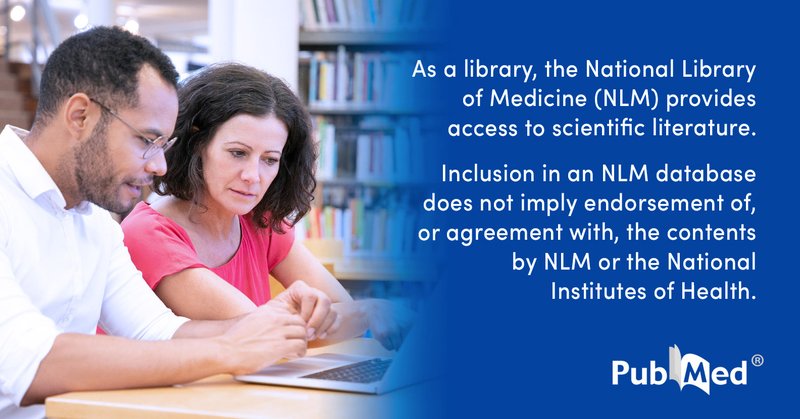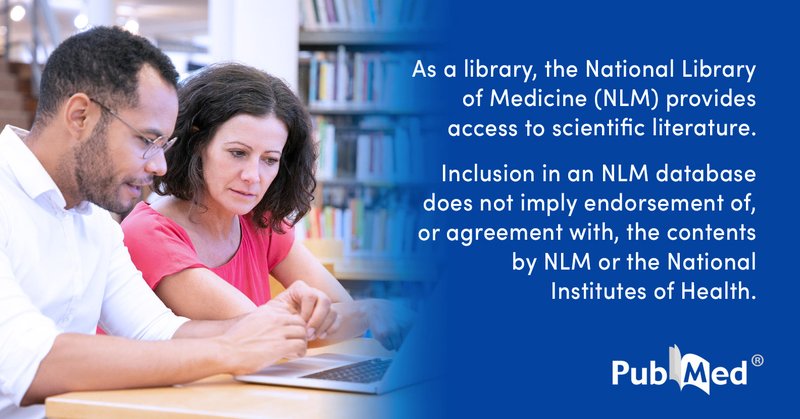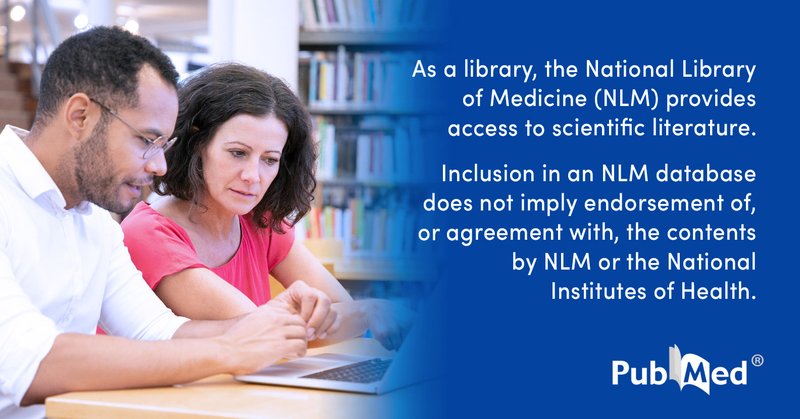
RNAi papers
@RNAi_papers
Followers
150
Following
0
Media
3
Statuses
4K
Twitter bot searching the web for new journal articles on #RNAi therapeutics for plants and animals
Belfast
Joined November 2014
Suppression of NBS1 Upregulates CyclinB to Induce Olaparib Sensitivity in Ovarian Cancer
pubmed.ncbi.nlm.nih.gov
Background: Deficiencies in DNA damage repair responses promote chemotherapy sensitivity of tumor cells. The Nibrin homolog encoding gene Nijmegen Breakage Syndrome 1 (NBS1) is a crucial component of...
0
0
0
OsMKK1 is a novel element that positively regulates the Xa21-mediated resistance response to Xanthomonas oryzae pv. oryzae in rice
pubmed.ncbi.nlm.nih.gov
OsMKK1, a MAPK gene, positively regulates rice Xa21-mediated resistance response and also plays roles in normal growth and development process of rice. The mitogen-activated protein kinase (MAPK)...
0
0
0
An In-silico Approach to Design and Validate siRNA against Monkeypox Virus
pubmed.ncbi.nlm.nih.gov
Thus, the strategy may offer a platform for the development of potential antiviral RNA therapeutics that target MPXV at the genomic level.
0
0
0
Lipophorin receptors genetically modulate neurodegeneration caused by reduction of Psn expression in the aging Drosophila brain
pubmed.ncbi.nlm.nih.gov
Mutations in the Presenilin (PSEN) genes are the most common cause of early-onset familial Alzheimer's disease (FAD). Studies in cell culture, in vitro biochemical systems, and knockin mice showed...
0
0
0
RPTOR blockade suppresses brain metastases of NSCLC by interfering the ceramide metabolism via hijacking YY1 binding
pubmed.ncbi.nlm.nih.gov
RPTOR is a key driver gene in the brain metastasis of lung cancer, which signifies that RPTOR blockade may serve as a promising therapeutic candidate for clinical application.
0
0
0
Gene expression inhibitors for the treatment of liver fibrosis: drugs under preclinical and early clinical investigation
pubmed.ncbi.nlm.nih.gov
Many compounds that were explored to modulate gene expression in liver fibrosis (models) were developed as anti-cancer agents. Their use in humans with impaired liver function is often impaired by...
0
0
0
Cellular RNA and DNA sensing pathways are essential for the dose-dependent response of human monocytes to ionizing radiation
pubmed.ncbi.nlm.nih.gov
Circulating monocytes are important players of the inflammatory response to ionizing radiation (IR). These IR-resistant immune cells migrate to radiation-damaged tissues and differentiate into...
0
0
1
Recent Advances in Engineering Carriers for siRNA Delivery
pubmed.ncbi.nlm.nih.gov
RNA interference (RNAi) technology has been a promising treatment strategy for combating intractable diseases. However, the applications of RNAi in clinical are hampered by extracellular and intrac...
0
0
0
STING modulates iron metabolism to promote liver injury and inflammation in acute immune hepatitis
pubmed.ncbi.nlm.nih.gov
The pathogenesis of Autoimmune Hepatitis (AIH) is closely associated with perturbations in iron ion metabolism, during which Stimulator of Interferon Genes (STING) plays an important role. However,...
0
0
0
Pulmonary siRNA Delivery with Sophisticated Amphiphilic Poly(Spermine Acrylamides) for the Treatment of Lung Fibrosis
pubmed.ncbi.nlm.nih.gov
RNA interference (RNAi) is an efficient strategy to post-transcriptionally silence gene expression. While all siRNA drugs on the market target the liver, the lung offers a variety of currently...
0
1
3
MicroRNA-1 Deficiency Is a Primary Etiological Factor Disrupting Cardiac Contractility and Electrophysiological Homeostasis
pubmed.ncbi.nlm.nih.gov
miR1 deficiency acts as a primary etiological factor in inducing cardiac remodeling via disrupting heart regulatory homeostasis. Achieving stable and appropriate microRNA expression levels in the...
0
0
0
Phenotypic profiling of solute carriers characterizes serine transport in cancer
pubmed.ncbi.nlm.nih.gov
Serine is a vital amino acid in tumorigenesis. While cells can perform de novo serine synthesis, most transformed cells rely on serine uptake to meet their increased biosynthetic requirements. Solute...
0
0
0
A nematode-inducible promoter can effectively drives RNAi construct to confer Meloidogyne incognita resistance in tomato
pubmed.ncbi.nlm.nih.gov
Heterologous expression of a nematode-responsive promoter in tomato successfully driven the RNAi constructs to impart root-knot nematode resistance. The root-knot nematode Meloidogyne incognita...
0
0
0
A Comprehensive Review of Small Interfering RNAs (siRNAs): Mechanism, Therapeutic Targets, and Delivery Strategies for Cancer Therapy
pubmed.ncbi.nlm.nih.gov
Small interfering RNA (siRNA) delivery by nanocarriers has been identified as a promising strategy in the study and treatment of cancer. Short nucleotide sequences are synthesized exogenously to...
0
0
0
Plasmid co-expressing siRNA-PD-1 and Endostatin carried by attenuated Salmonella enhanced the anti-melanoma effect via inhibiting the expression of PD-1 and VEGF on tumor-bearing mice
pubmed.ncbi.nlm.nih.gov
Melanoma, the most perilous form of skin cancer, is known for its inherent resistance to chemotherapy. Even with advances in tumor immunotherapy, the survival of patients with advanced or recurrent...
0
0
0
SHP2 inhibitors maintain TGFβ signalling through SMURF2 inhibition
pubmed.ncbi.nlm.nih.gov
Despite the promising antitumor activity of SHP2 inhibitors in RAS-dependent tumours, overall responses have been limited by their narrow therapeutic window. Like with all MAPK pathway inhibitors,...
0
0
0
Co-Delivery of siNRF2 and Sorafenib by a "Click" Dual Functioned Hyperbranched Nanocarrier for Synergistically Inducing Ferroptosis in Hepatocellular Carcinoma
pubmed.ncbi.nlm.nih.gov
In the course of antitumor therapy, the complex tumor microenvironment and drug-mediated changes in cell signaling and biological processes lead to drug resistance. The effect of sorafenib is greatly...
0
0
0
Bleomycin promotes rAAV2 transduction via DNA-PKcs/Artemis-mediated DNA break repair pathways
pubmed.ncbi.nlm.nih.gov
Because it is safe and has a simple genome, recombinant adeno-associated virus (rAAV) is an extremely appealing vector for delivery in in vivo gene therapy. However, its low transduction efficiency...
0
0
0
Application of mPEG-CS-cRGD/Bmi-1RNAi-PTX nanoparticles in suppression of laryngeal cancer by targeting cancer stem cells
pubmed.ncbi.nlm.nih.gov
Although surgery-based comprehensive therapy is becoming the main approach to treat laryngeal cancer, recurrence, metastasis, radiotherapy resistance and chemotherapy tolerance are still the main...
0
0
0
In vivo selection of anti-HIV-1 gene-modified human hematopoietic stem/progenitor cells to enhance engraftment and HIV-1 inhibition
pubmed.ncbi.nlm.nih.gov
Hematopoietic stem/progenitor cell (HSPC)-based anti-HIV-1 gene therapy holds great promise to eradicate HIV-1 or to provide long-term remission through a continuous supply of anti-HIV-1 gene-modif...
0
0
0


